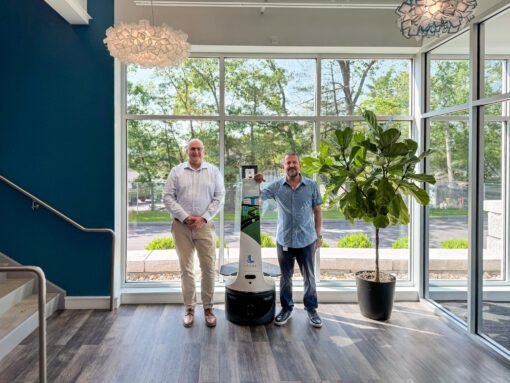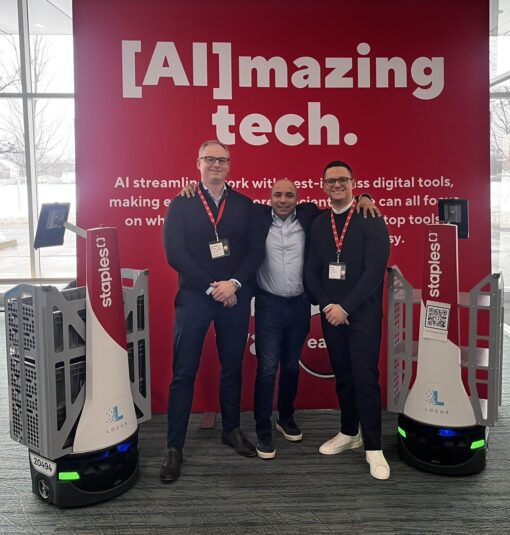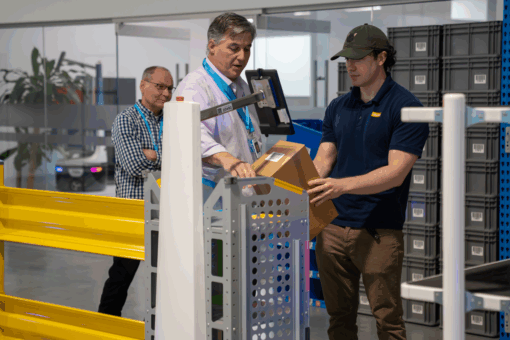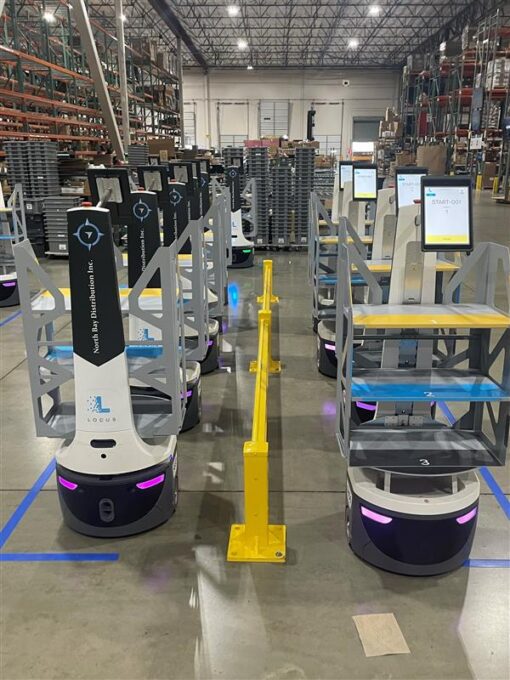WP: How to achieve 400 UPH with Locus Fast Pick
WP: How to achieve 400 UPH with Locus Fast Pick Download Now!
RaaS and the Circular Economy for Warehouse Sustainability
Mary Hart, Sr. Content Marketing Manager

At Locus Robotics, we believe sustainability shouldn’t be a once-a-year headline. Earth Day is a great reminder of the importance of protecting our planet, but for us, it’s just another day to keep doing what we already do: build smart, scalable warehouse automation that’s better for business and the environment.
In our previous post on Locus Robotics and Sustainability in the Circular Economy, we explored how our 3 Rs — Refurbish, Repurpose, and Recycle — map directly to the technical cycles of the circular economy. Our Robots-as-a-Service (RaaS) model plays a pivotal role in that story, and this time, we’re taking a closer look at why RaaS is a better model for our customers and the planet.
Why RaaS Makes Sense in the Circular Economy
Traditional hardware purchasing often locks companies into a one-time transaction and ownership can mean obsolescence when technology evolves or business needs change. RaaS flips that on its head by shifting the focus from one-time use to ongoing value.
With RaaS, customers subscribe to a flexible fleet of Locus Robots, only using what they need when they need it and during seasonal surges or unexpected growth, customers can scale up. When demand eases, those robots return to Locus, where they’re refurbished, repurposed, and reintroduced into the field. This circular model reduces waste, lowers capital costs, and supports long-term resource optimization.
And thanks to our proactive field service and maintenance, every Locus Robot stays in peak working condition longer to prolong useful life and eliminate unnecessary replacements.
The Environmental Edge for Warehouses
The benefits of RaaS for warehouse customers go beyond budget flexibility. With RaaS, sustainability is built into the model from the start:
- No wasteful over-purchasing: Customers don’t have to guess how many robots they’ll need in five years. They get what they need now and scale responsibly.
- Fewer idle assets: Locus Robots are constantly moving where they’re needed most. That means less equipment gathering dust, and more value from each asset over time.
- Less landfill, more lifespan: Locus takes responsibility for end-of-life components. When refurbishing or repurposing isn’t possible, we recycle in accordance with global environmental standards.
Sustainability Goes Beyond the Robots
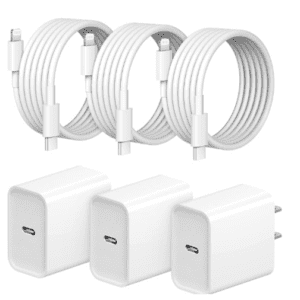 At Locus Robotics, the circular economy doesn’t stop at warehouse automation. We take pride in thinking creatively about how to extend the life of everything we use, including what we no longer need.
At Locus Robotics, the circular economy doesn’t stop at warehouse automation. We take pride in thinking creatively about how to extend the life of everything we use, including what we no longer need.
A grassroots team inside the company has donated over $400,000 worth of equipment, like obsolete LiDAR units, motors, sensors, boards, and Apple charging cords and accessories, to schools, students, researchers, robotics competition teams, and public service departments across the United States, Canada, Europe, and Asia.
One inspiring story from this program involves a local academy of science and design, which became a recipient of our LIDARs. This school has a mission to provide hands-on, project-based STEM education to students with a passion for science and technology who are coming from diverse backgrounds, and who may be facing various challenges in their personal and scholastic lives.
This initiative is a powerful example of how Locus Robotics gives back to our communities and uses its resources to inspire future leaders in the robotics industry. These items are helping students explore STEM, fuel creativity, and build the next generation of problem solvers while reusing items that we can no longer use.
Whether it’s a warehouse fleet or a retired iPad charger, we look for ways to ensure nothing useful goes to waste.
A Model That’s Built to Last
The circular economy is about recycling and rethinking how we design, use, and manage products from the start, and our RaaS model is built on that mindset, offering customers a smarter, more sustainable way to scale their operations without the environmental tradeoffs of traditional ownership.
As we continue to innovate, we remain committed to keeping sustainability at the core of what we do not just on Earth Day, but every day.
(With contributions from Ursula Williams, Director, Quality and Sustainability (ESG) at Locus Robotics.)

